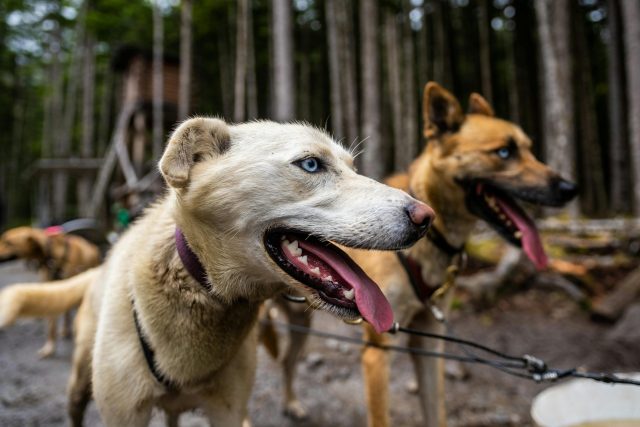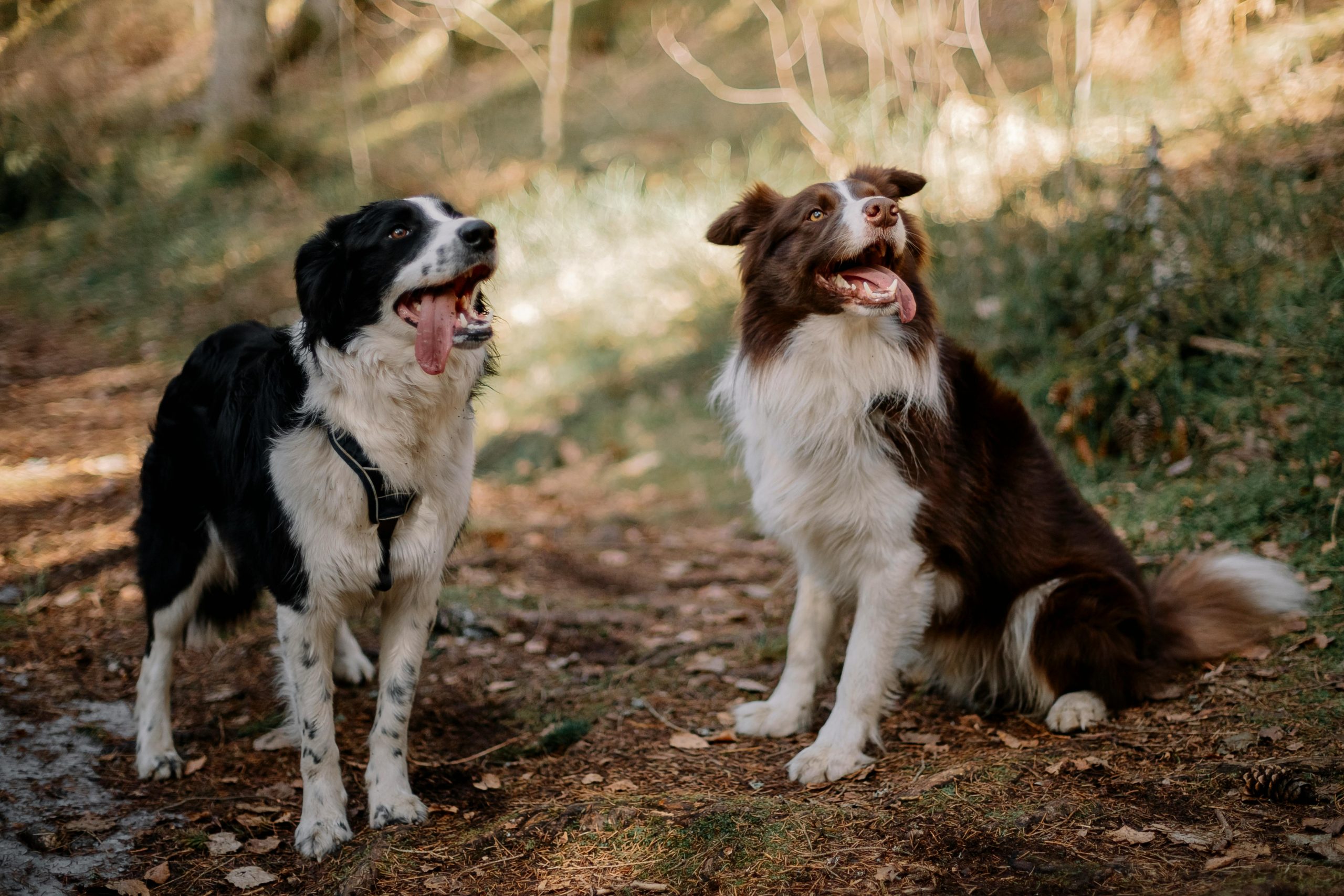Losing a dog is a pet owner’s worst nightmare. The panic and distress that follow the realization that your beloved companion is missing can be overwhelming. However, knowing what to do if your dog gets lost can significantly increase the chances of a happy reunion. Taking immediate and informed actions can make a crucial difference in locating your pet quickly and safely.
This article will guide you through the essential steps to take if your dog gets lost, leveraging traditional methods and modern technology. Being prepared and proactive can increase the likelihood of bringing your furry friend home.

Immediate Actions to Take
As soon as you realize your dog is missing, it’s crucial to act swiftly. Begin by thoroughly checking your home and surrounding area. Dogs often hide in familiar places when they are scared or injured. Call your dog’s name calmly and listen carefully for any sounds that might indicate their location.
Next, expand your search to the neighborhood. Enlist the help of family and friends to cover more ground quickly. Bring along your dog’s favorite treats or toys to entice them. Also, ask neighbors if they have seen your dog and leave your contact information with them if they spot your pet later.
See The Top 11 Breeds Known For Their Incredible Sense Of Smell
Utilize Technology
In today’s digital age, technology can be a powerful ally in finding a lost dog. If your dog has a GPS collar, use it to track its location in real-time. This can provide immediate and precise information on your dog’s whereabouts.
Microchipping is another essential tool. Ensure your dog’s microchip information is current with your current contact details. If your dog is found and taken to a vet or shelter, they can scan the microchip and quickly contact you.
Social media platforms are also invaluable for spreading the word about your lost dog. Post clear, recent photos of your dog and relevant details such as their name, breed, size, and any distinguishing features. Encourage friends and followers to share your post to increase its reach.
Create and Distribute Lost Dog Posters
Creating and distributing lost dog posters is a time-tested method that remains highly effective. When designing your poster, use a large, clear photo of your dog and include essential information such as their name, breed, color, and any unique markings. Provide your contact information and offer a reward if possible, as this can motivate people to assist in the search.
Place the posters in high-traffic areas such as local parks, pet stores, vet offices, and community bulletin boards. Additionally, consider distributing flyers to nearby homes and businesses. The more visibility your poster has, the greater the chances of someone recognizing and reporting a sighting of your dog.
Notify Local Authorities and Shelters
Informing local animal shelters, veterinarians, and authorities is a critical step in the search for your lost dog. Provide them with a detailed description and photo of your dog, and check in regularly to see if any new animals matching your dog’s description have been brought in.
Additionally, visit local shelters in person if possible. Sometimes, staff may not recognize your dog based on a description alone, and your visit can make a difference in identifying your pet.
Discover The Best GPS Collars For Your Dog
Enlist the Help of the Community
Community involvement can significantly enhance the search efforts. Inform your neighbors about your lost dog and ask them to keep an eye out. Local community groups, both online and offline, can be a tremendous resource. Post in neighborhood apps and forums, and consider organizing a search party to cover larger areas more effectively.
The more people are aware of your missing dog, the higher the likelihood of a sighting and a swift reunion.
Preventive Measures for the Future
Once your dog is safely back home, it is important to take preventive measures to avoid future incidents. Ensure your dog always wears a collar with up-to-date identification tags. Microchipping your dog and keeping the information current is another crucial step.
Investing in a GPS-tracking collar can provide peace of mind and immediate location data if your dog wanders off. Training your dog to respond reliably to recall commands and securing your home and yard can prevent escape attempts.
Learn How To Train Your Dog Successfully
Conclusion: Effective Steps for What To Do If Your Dog Gets Lost
Every pet owner must know what to do if their dog gets lost. You can increase the chances of finding your lost dog by acting quickly, utilizing technology, creating and distributing effective lost dog posters, notifying local authorities and shelters, and enlisting community help. Taking preventive measures for the future will also ensure your pet stays safe. Being prepared and proactive is the key to ensuring your beloved companion returns home safely and swiftly.

 Toledo, United States.
Toledo, United States.